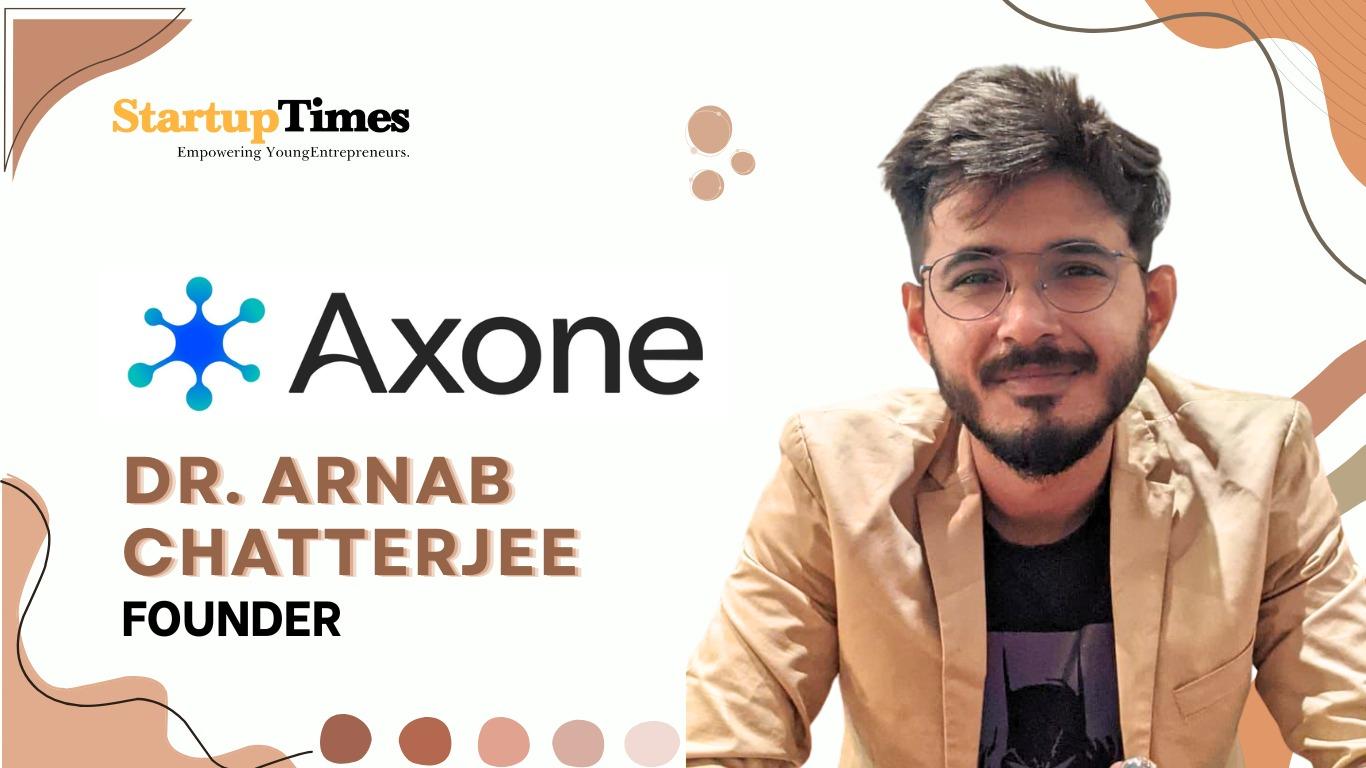The Doctor Who Couldn’t Stand the Paperwork
It was a moment many clinicians might relate to but few act on.
During his internship at JIPMER, one of India’s most prestigious medical institutions, Dr. Arnab Chatterjee found himself buried in documentation. One evening, while still immersed in electronic forms and charting, a patient’s family asked why he was still “doing paperwork” when others had left for dinner.
“That hit hard,” he recalls. “I had chosen medicine to treat people, but I was spending more time battling drop-down menus than bedside challenges.”
That simple but piercing question became the seed of Axone Health — a bold new approach to medical documentation putting doctors back where they belong: with patients.
A Doctor’s Dilemma, A Founder’s Calling
Dr. Chatterjee’s journey from medicine to entrepreneurship wasn’t fueled by startup glamour but by frustration — the kind countless clinicians experience daily.
“There were plenty of EHRs [Electronic Health Records],” he explains, “but none that let doctors work hands-free or bring nurses into the same flow. Voice-native, team-wide tools simply didn’t exist.”
Axone Health emerged not as another bloated healthcare platform but as a lean, voice-powered plug-in designed for the chaos of hospital rounds, night shifts, and emergencies.
What Axone Does and Why It Works
“Axone is a plug-in, voice-powered EMR,” Chatterjee says. “One wake-word writes the note, checks drugs, updates orders, and stores a clean, editable draft — no ‘rip-and-replace,’ no extra clicks.”
It lets clinicians dictate and manage records seamlessly with natural voice commands without breaking stride during patient care — and works with existing systems, avoiding costly overhauls.
Built by clinicians for clinicians, Axone adapts to the messy, high-stakes reality of hospital life rather than forcing users to adapt to it.
Turning Pain Points into Product Features
Transitioning from medicine to tech wasn’t easy.
“I spoke ‘clinical,’ not ‘code,’” says Chatterjee. “Translating rounds, half-spoken orders, midnight handovers into precise specs for engineers was my biggest hurdle.”
His solution: become the bridge.
This daily shuttle turned bedside chaos into features engineers could build — and doctors could trust.
A 10-Second Milestone
The turning point came during Axone’s first hospital pilot: discharge summaries that once took 30 minutes were reduced to just 10 seconds with its voice interface.
“We saw a senior doctor smile at the result,” Chatterjee remembers. “That’s when we knew: we’d found the right problem and the right solution.”
Scaling with Purpose
With pilot success behind them, Axone Health now aims to scale across India and beyond.
“In five years,” Chatterjee says, “we want our Voice AI Agents to run every ward task from notes to labs to discharge so clinicians can give patients, not screens, their full attention.”
It’s not just automation — it’s about rehumanizing healthcare.
Lessons from the Frontlines
Dr. Chatterjee’s journey offers a blueprint for mission-driven innovation:
Solve a real problem – Born in a hospital ward, not a pitch deck
Be the translator – Learn to speak both clinical and engineering languages
Pilot, prove, pivot – Let real-world use shape the product
Design for adoption – Fit into existing systems, don’t replace them
Above all: empathy is a business advantage.
What’s Next for Axone Health
The team is focused on deeper hospital integration, refining AI agents, and empowering entire care teams — doctors, nurses, interns, and residents alike.
“Nurses, interns, residents — they all need to operate in sync. Axone isn’t just for one user; it’s built for the ward,” Chatterjee says.
Follow the Journey
LinkedIn:Dr. Arnab Chatterjee
Email:arnab@axonehealth.com
Final Thoughts: Bringing Back the Human Touch
Dr. Chatterjee isn’t just building software — he’s building a shift in how medicine is practiced.
“I just want doctors to be able to look their patients in the eye again,” he says.
If you believe in a future where clinicians spend less time on screens and more time with patients, follow Dr. Arnab Chatterjee’s journey. The revolution in healthcare documentation has just begun.










